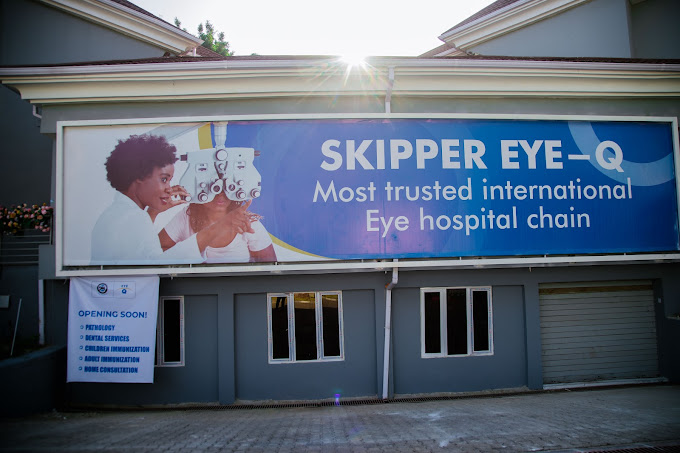In this article, we will discuss what is laser refractive cataract surgery, What to expect during the procedure, and is what are the difference between Refractive Cataract Surgery and standard surgery.
What is laser refractive cataract surgery?
Laser refractive cataract surgery is a surgical procedure that uses a femtosecond laser to remove the cloudy lens in the eye and replace it with an artificial lens. This surgery is an advanced and specialized form of cataract surgery that combines the standard cataract procedure with additional techniques to correct pre-existing vision problems such as astigmatism, nearsightedness, or farsightedness. This may involve using advanced intraocular lenses, such as toric or multifocal lenses, or the use of laser technology to perform certain steps of the surgery.
The benefits of laser refractive cataract surgery
- The use of a laser allows for greater precision and accuracy during the procedure.
- The laser can create incisions that are more precise, leading to less trauma to the eye and a shorter recovery time.
- The laser can also help break up the cataract more effectively, which can result in less energy required during the procedure, and faster healing times.
- laser refractive cataract surgery can correct vision problems simultaneously.
- During the procedure, the surgeon can replace the natural lens with an artificial lens that corrects vision issues such as nearsightedness, farsightedness, or astigmatism.
- This can reduce the need for glasses or contact lenses, which can significantly improve the patient’s quality of life.
What to expect during the procedure
During laser refractive cataract surgery, the surgeon will use a femtosecond laser to create small incisions in the eye, which allows them to access and remove the cloudy lens. The laser can also help break up the cataract, making it easier to remove. The surgeon will then insert an artificial lens into the eye, which will replace the natural lens and correct vision problems.
The procedure is typically performed on an outpatient basis, meaning patients can go home the same day. Recovery time is usually around 1-2 weeks, during which patients will need to avoid strenuous activity and take medication as prescribed.
What is the difference between Refractive Cataract Surgery and Standard Surgery?
There are many differences between refractive cataract surgery and standard cataract surgery.
Standard cataract surgery involves the removal of the cloudy natural lens of the eye and replacement with an artificial lens implant. The goal of standard cataract surgery is to restore clear vision and remove the cloudy lens that is causing visual impairment. However, standard cataract surgery does not typically address other pre-existing vision problems such as astigmatism, nearsightedness, or farsightedness, which may require glasses or contact lenses after the surgery.
The goal of refractive cataract surgery is to not only remove the cataract and restore clear vision but also to correct pre-existing vision problems, reducing or eliminating the need for glasses or contact lenses. This can result in better visual outcomes and improved quality of life for the patient.
Additionally, refractive cataract surgery is typically not covered by insurance, and out-of-pocket costs can be higher than standard cataract surgery.
The Cost of Refractive Cataract Surgery
The cost of refractive cataract surgery can vary depending on several factors, including the geographic location, the surgeon’s experience, the type of intraocular lens (IOL) used, and whether or not laser technology is employed. In general, refractive cataract surgery is more expensive than standard cataract surgery because of the additional techniques and advanced technology used.
The average cost of cataract surgery in the United States is around $3,500 per eye, but this cost can vary widely. Refractive cataract surgery with premium IOLs, such as toric or multifocal lenses, can cost significantly more, with some estimates putting the cost at $5,000 to $6,000 per eye or more.
Some clinics and surgeons may offer financing options or payment plans to help make refractive cataract surgery more affordable. It is important to discuss all the costs and payment options with the surgeon during the consultation to understand the total cost and make an informed decision.
In conclusion,
Laser refractive cataract surgery is a modern surgical technique that can remove cataracts and correct vision problems simultaneously. This procedure offers several benefits, including greater precision, less trauma to the eye, and the ability to correct vision problems.
It is important to note that refractive cataract surgery may not be suitable for all patients, and a thorough evaluation by an experienced ophthalmologist is necessary to determine if this procedure is appropriate.


